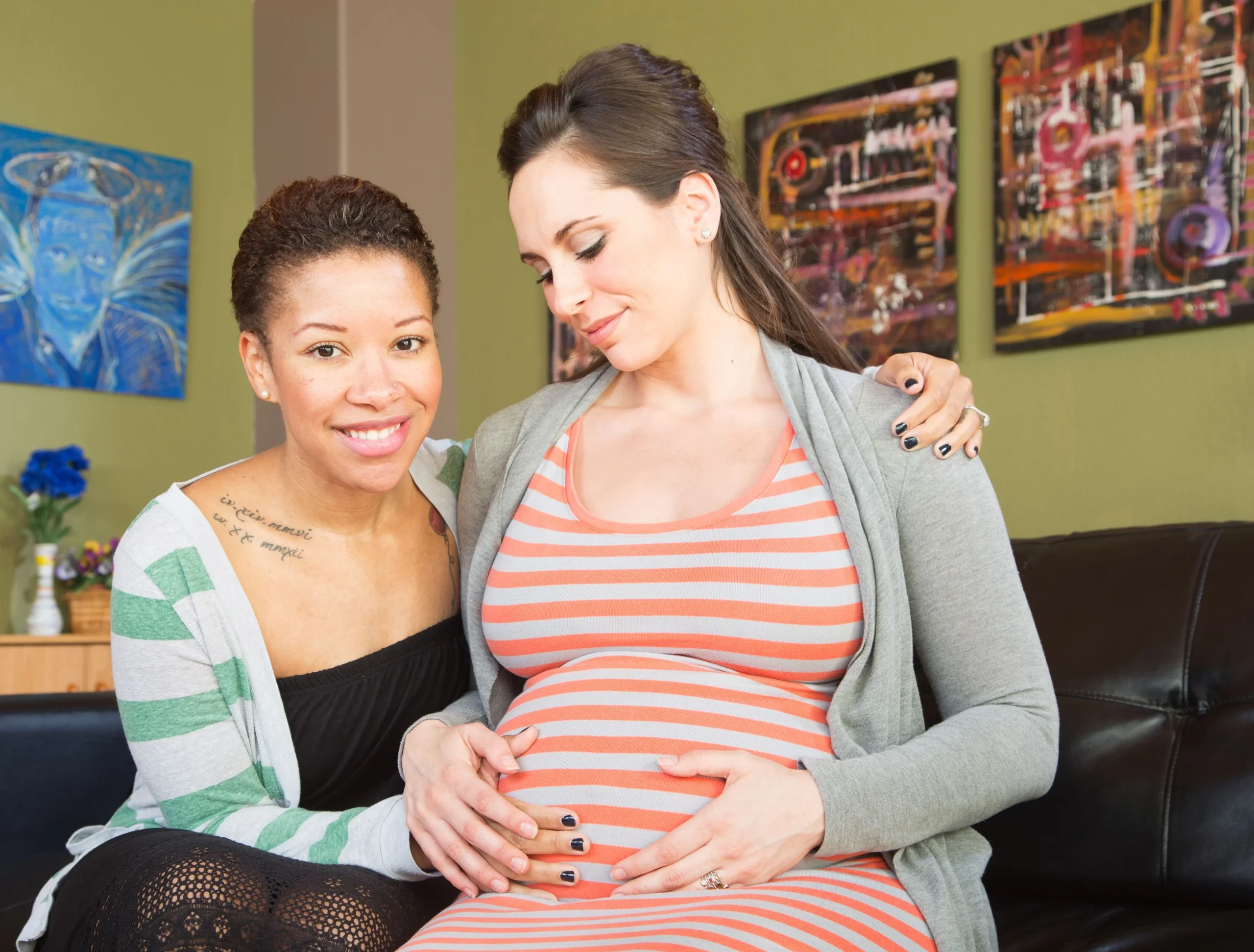Here I am at 28 weeks pregnant, just before my ultrasound appointment to check on my little one. I felt overjoyed, relaxed, and surprisingly confident about my appearance—so much so that I decided to snap a picture to remember this moment. After the ultrasound revealed that my baby boy was measuring ahead, my pride in my growing belly soared even higher.
However, later that day during a prenatal massage, the therapist asked how far along I was. When I shared my due date, she gasped and exclaimed, “Wow. You still have a long way to go! Are you expecting twins?” No, definitely not. In an instant, my happiness and confidence evaporated. The pride I had in nurturing a healthy baby was replaced by embarrassment and a wave of guilt about my body.
You see, aside from a few brief months, I’ve been pregnant for over a year. I lost my first child at 21 weeks, and just two months later, while still grappling with grief, I found myself pregnant again. My body never really had a chance to heal, and how could it after such a traumatic experience? I carried a baby past the halfway mark, only to lose her, leaving me emotionally shattered.
Physically, my body endured the entire postpartum recovery process—hormonal fluctuations, bleeding, cramps, and the most painful of all, milk production without a baby to nourish. Even when I lost weight due to my sadness, my postpartum belly lingered, a constant reminder that I should still be pregnant. I learned a great deal about my body’s resilience during those weeks, but I also faced the guilt of feeling like my body had failed me.
I looked at myself with frustration and disappointment. The thought of intimacy scared me, yet once we tried, I doubted my body’s ability to conceive again. To my surprise, I became pregnant almost immediately, but I worried about whether I could carry this baby to term. The first trimester was filled with anxiety and self-doubt. Yet, as time passed, I began to realize that maybe this time, my body wouldn’t let me down, and I might just hold my baby after 40 weeks. I started to appreciate my body for its strength and resilience.
What that massage therapist didn’t understand was the long, painful journey I had traveled to reach this point of happiness in my pregnancy. She couldn’t see that this new life was a beacon of hope, pulling me from the depths of despair. My body isn’t just carrying a baby; it carries the memory of my lost child, along with dreams of starting a family. While others may not see this depth, the one person whose perception matters is me.
The reality is, we’re all carrying something—perhaps new life, past loss, or a mixture of both. Fear, hope, joy, and pain can intertwine in ways that aren’t visible at first glance. Whatever you’re carrying is undoubtedly more important than what you see staring back at you in the mirror.
For more insights on the journey of home insemination, you can explore this informative blog post. If you’re seeking reliable tools, check out this syringe kit combo for home insemination. Additionally, for excellent resources on pregnancy and home insemination, visit ASRM.
In summary, while our bodies may not always reflect how we feel inside, they carry stories and experiences that shape us in profound ways. Embracing this journey, with all its complexities, is what truly matters.
